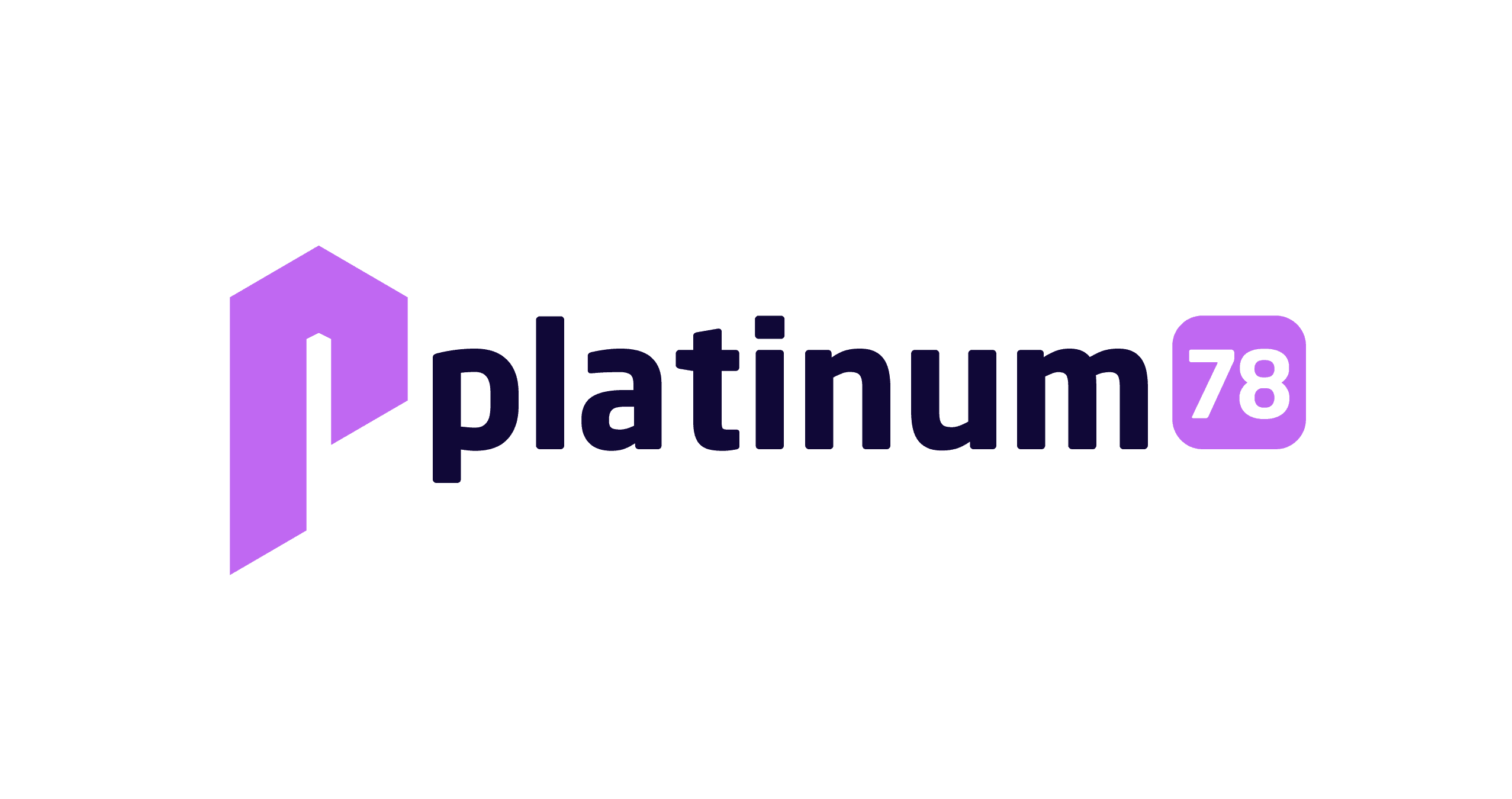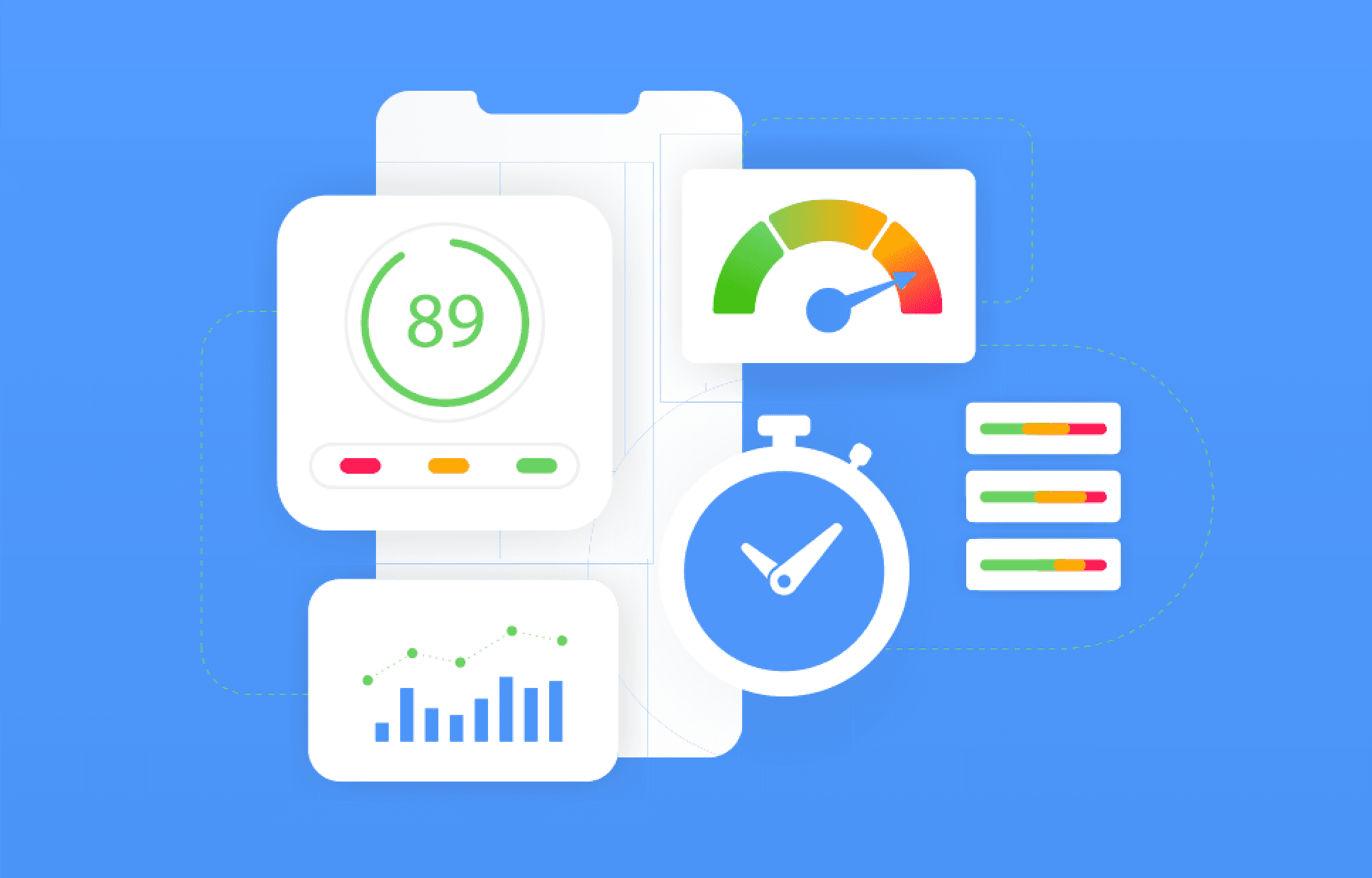We’ve all been there when you click on a website expecting quick answers, but instead, it’s like watching paint dry while the page loads. In today’s digital world, people don’t have that kind of patience, and neither does Google. That’s why Core Web Vitals are such a hot topic right now, especially if you’re trying to rank higher in search results.
So, what are Core Web Vitals, and why should you care? Let’s break it down in simple terms.
The Basics of Core Web Vitals
Core Web Vitals are basically Google’s way of measuring how user-friendly your site is. It’s not just about having great content; it’s about making sure that content is fast, smooth, and stable. There are three main metrics to keep an eye on:
- Largest Contentful Paint (LCP): This is all about speed. It measures how quickly the biggest chunk of content (like a big hero image or a headline) loads on your page. Ideally, it should load in under 2.5 seconds.
- First Input Delay (FID): Ever clicked on something only to wait forever for the site to respond? That’s the FID measurement – how fast your site reacts when a user tries to interact with it. Aim for less than 100 milliseconds here.
- Cumulative Layout Shift (CLS): Have you ever been about to click a button, but right before you do, the whole page shifts? That’s what CLS measures – how much things move around on the page as it’s loading. A good score is anything under 0.1.
Why You Should Care About Core Web Vitals
Now, you might be wondering: “Is this just another Google thing I have to worry about?” The short answer is yes, but for good reason. Google’s latest updates are all about user experience, and Core Web Vitals are a big part of that. If your site loads quickly and doesn’t annoy visitors with unexpected shifts, it’s going to rank better – and who doesn’t want that?
Plus, a better user experience can mean more time on your site, more page views, and ultimately, more conversions. It’s a win-win.
Simple Ways to Improve Your Core Web Vitals
Improving Core Web Vitals might sound like tech jargon, but it doesn’t have to be complicated. Here are a few practical steps to get started:
1. Speed Up Your LCP (Largest Contentful Paint):
- Compress your images. It’s amazing how much faster your site can be if your images are optimised. Use tools like TinyPNG or switch to WebP format to save on file size.
- Enable lazy loading so images only load when they’re actually visible on the screen. This can really boost your page speed.
- Upgrade your hosting or consider using a Content Delivery Network (CDN). This helps your content reach users faster, no matter where they are in the world.
2. Reduce FID (First Input Delay):
- Cut down on heavy JavaScript. If your site is bogged down with scripts, it’s going to be slow. Defer non-essential scripts and look into removing any plugins you don’t actually need.
- Use browser caching to store static elements locally. This speeds things up the next time someone visits your site.
3. Fix Those CLS (Cumulative Layout Shift) Issues:
- Make sure you set explicit size attributes for images and videos. That way, the browser knows how much space to reserve, preventing layout shifts.
- Preload your critical fonts. Sometimes text shifts around because fonts are loading slowly.
- Keep your pop-ups and banners in check. These can cause unexpected shifts and are a big turn-off for users.
Tools to Help You Track Core Web Vitals
You don’t need to be a tech guru to figure out how your site is performing. Here are some user-friendly tools to check your Core Web Vitals:
- Google PageSpeed Insights: Just pop in your URL, and it’ll give you a detailed breakdown of your site’s performance.
- Lighthouse: This is a tool built into Chrome’s DevTools that provides insights on performance and accessibility.
- Google Search Console: If you haven’t already, make sure you’re using this to keep tabs on how Google sees your site.
Conclusion
Nearing the end of 2024, Google is doubling down on user experience. If your site is slow, clunky, or just plain annoying, it’s going to affect your search rankings. But the good news? If you put in the work to optimise these Core Web Vitals, you’ll not only see better rankings but also happier users; and that’s a surefire way to grow your business.
So, take a few minutes today to run a quick audit of your site’s performance. Even small tweaks can make a big difference. And remember, this isn’t just about pleasing Google; it’s about creating a better experience for the people who visit your site.




